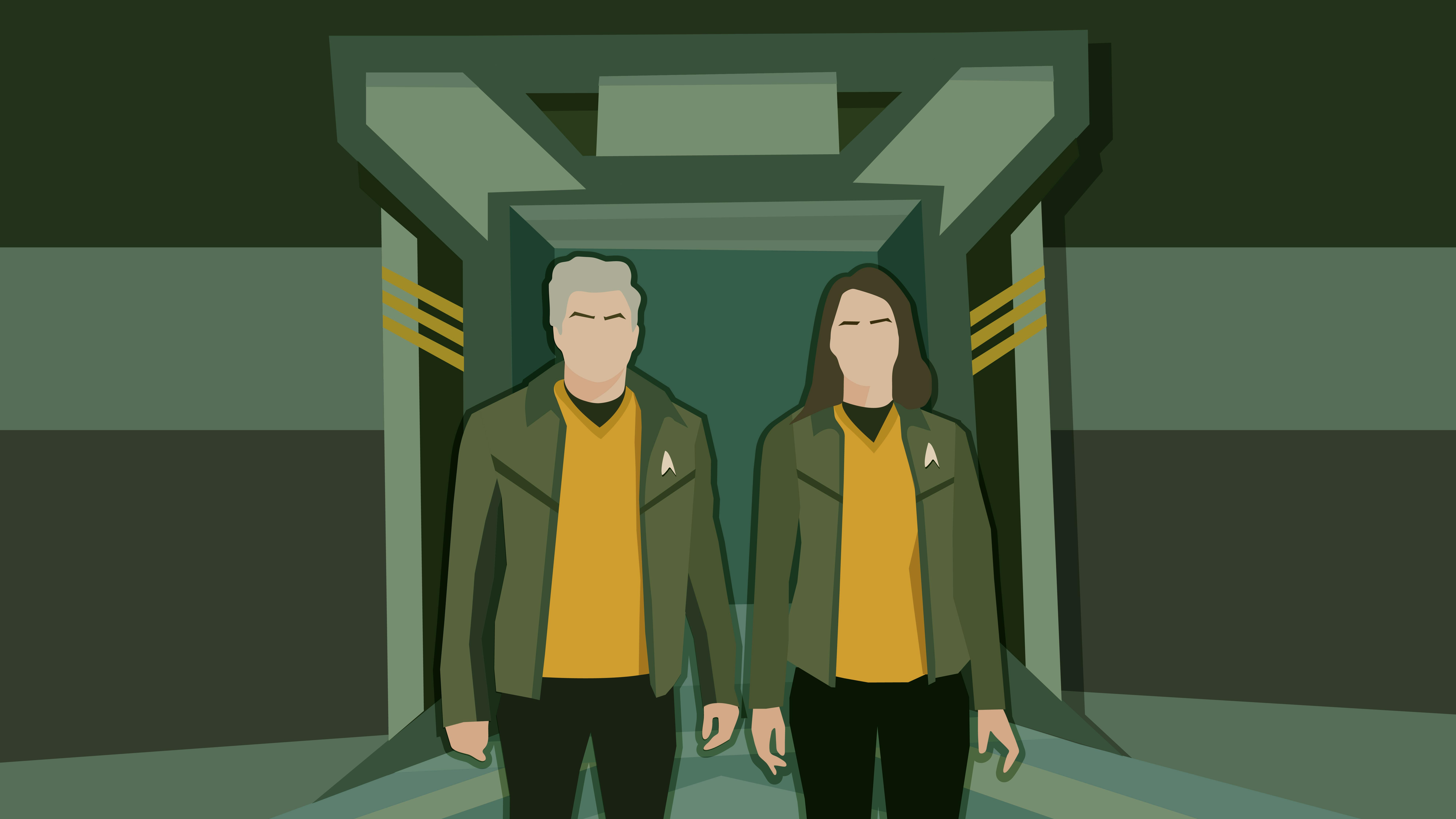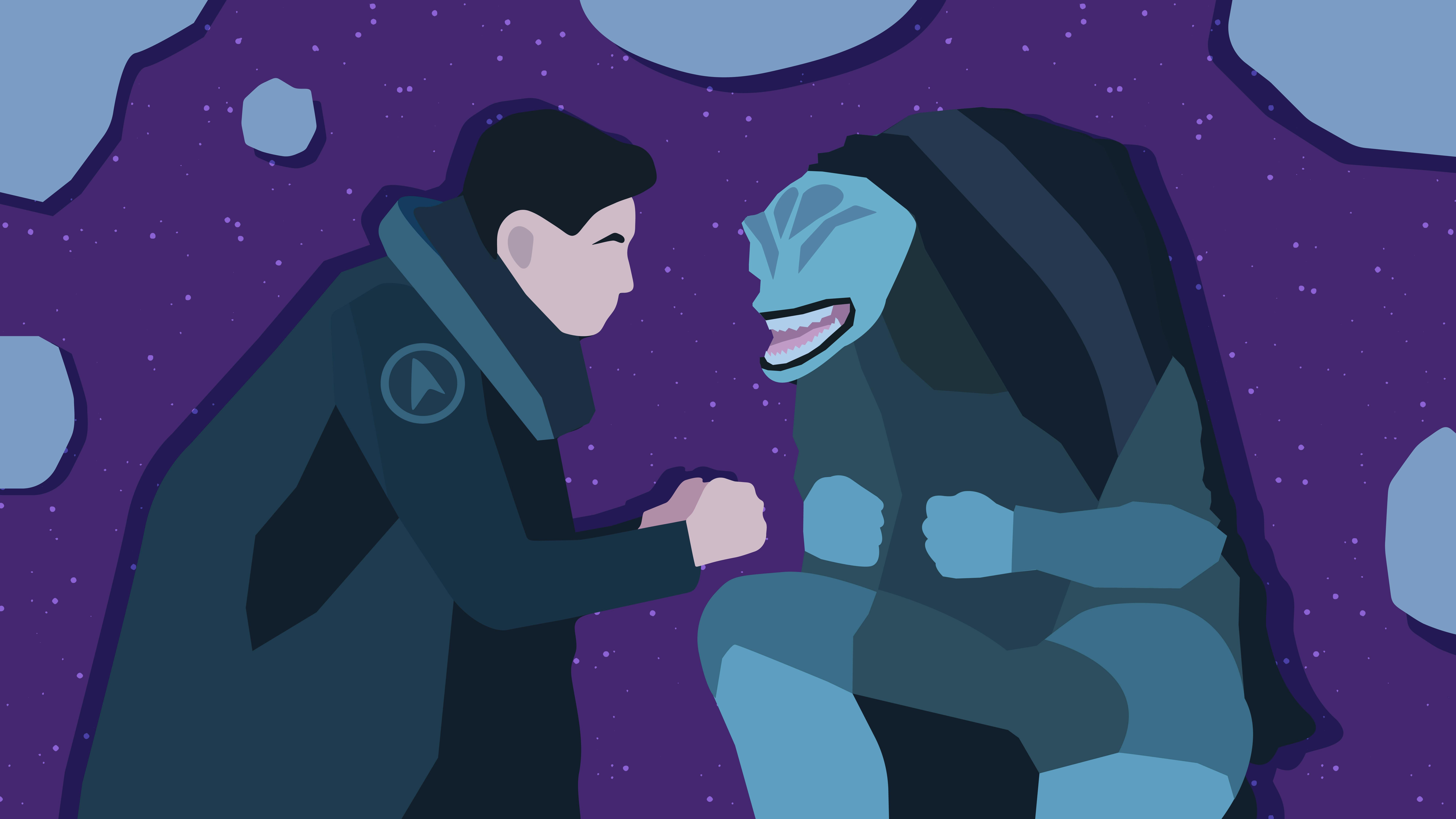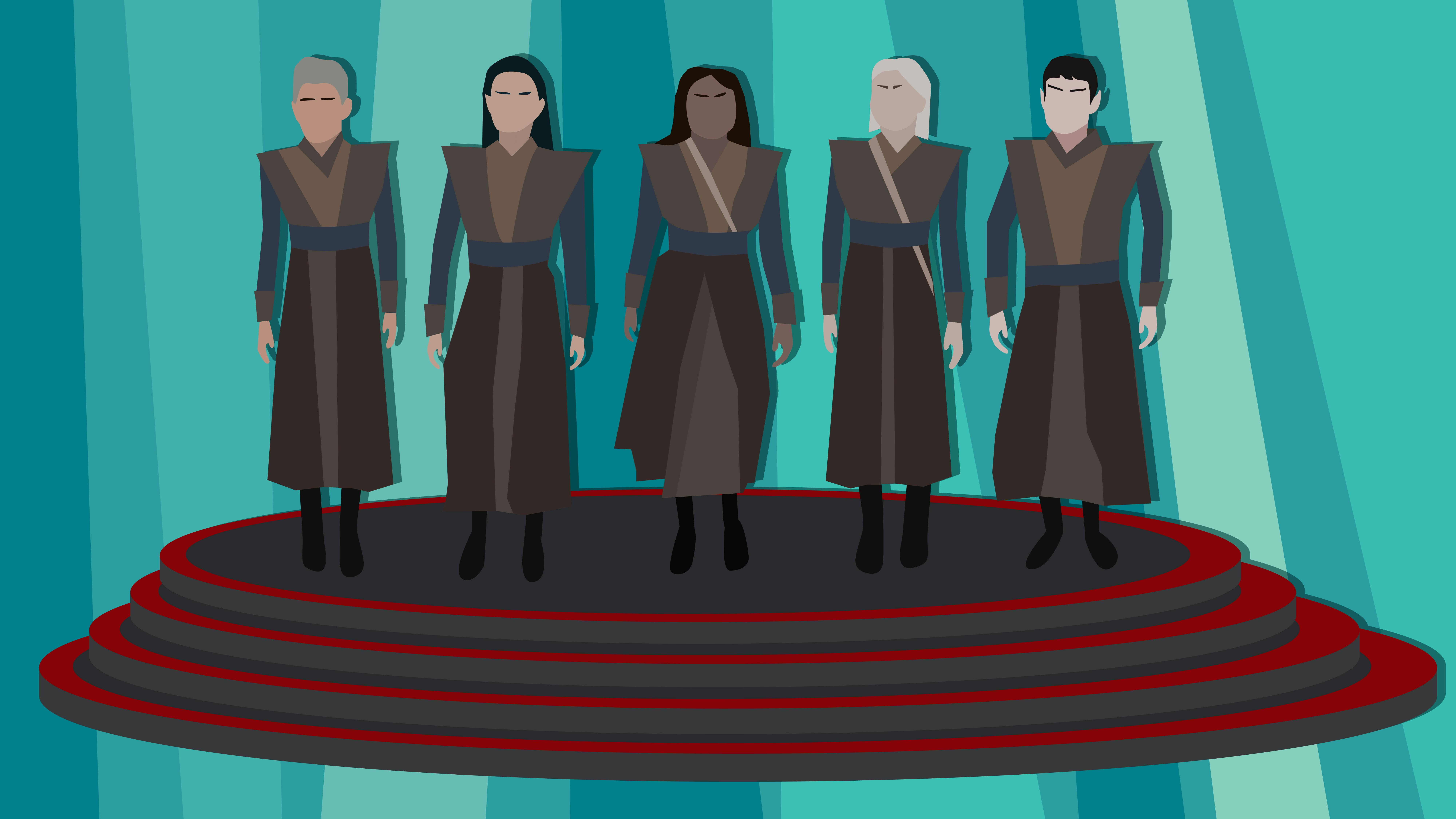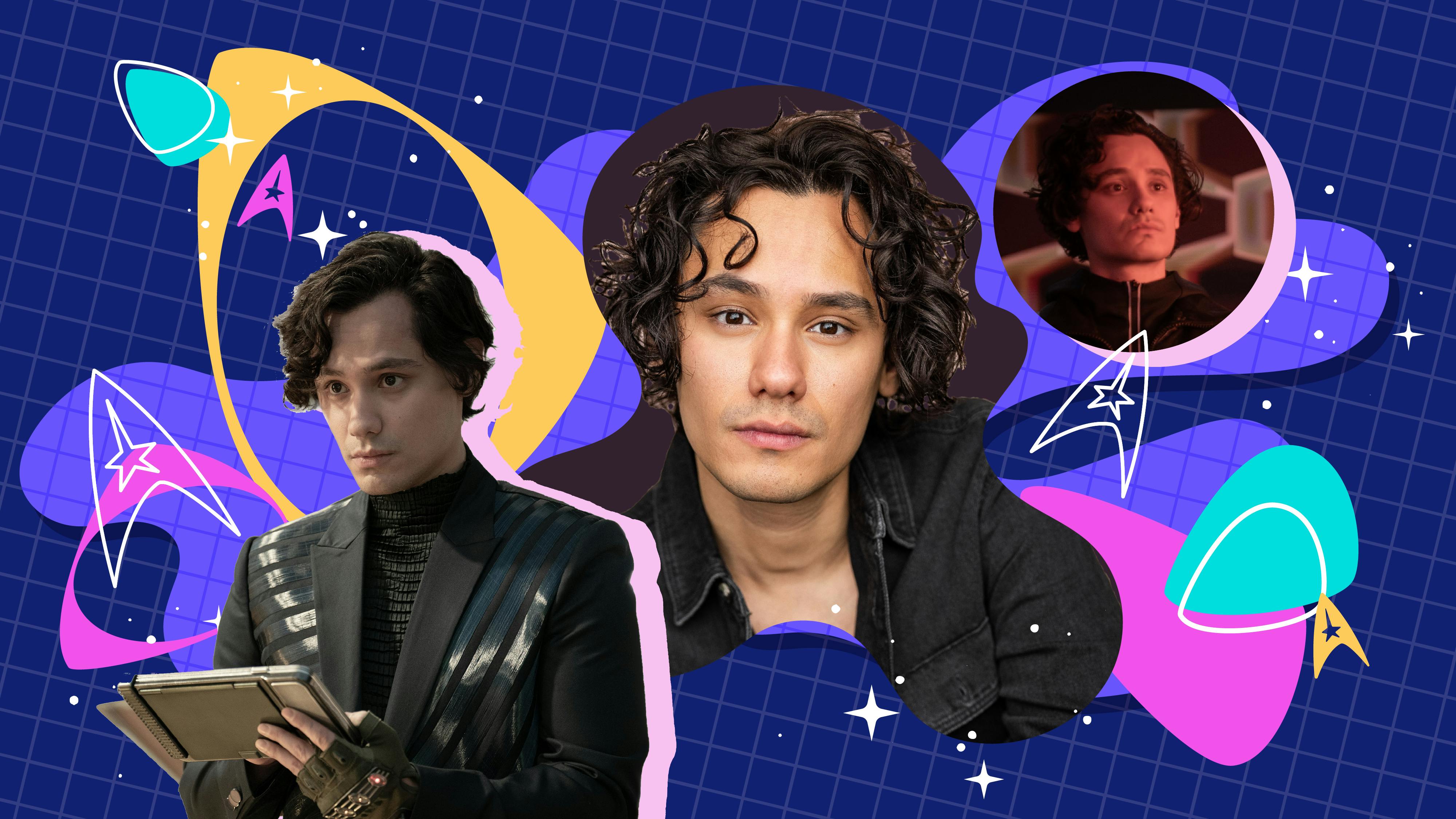Published Jun 28, 2024
Deep Space Nine Examines the Gifts and Challenges of Non-Blood Family
Bonds forged in trials and tribulations can be just as powerful as those forged in the womb.
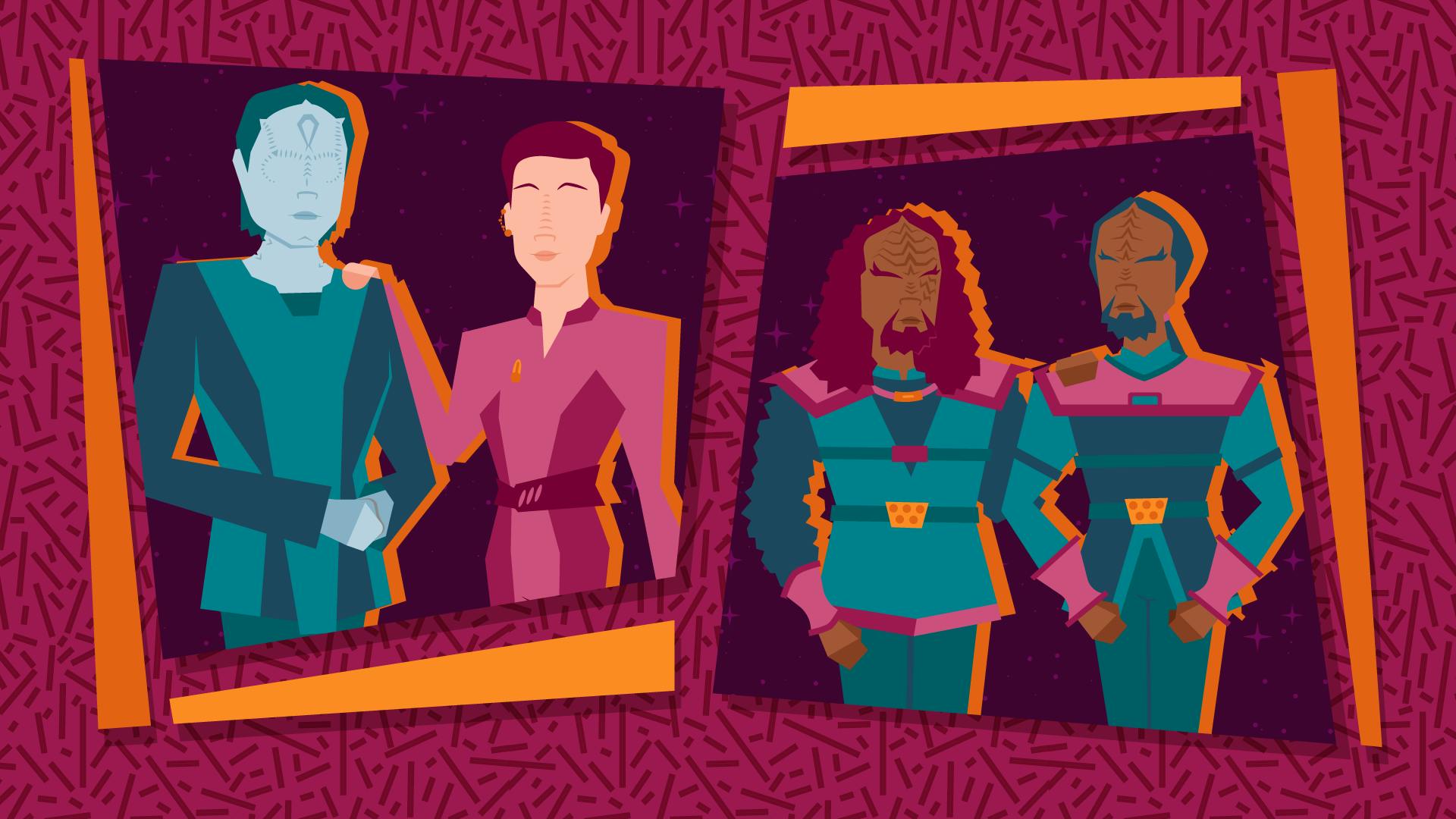
StarTrek.com
Lieutenant (now Ambassador) Worf might be one of the faces of Star Trek but, equally impressively, he's also one of the most uplifting depictions of cross-cultural adoption in popular fiction.
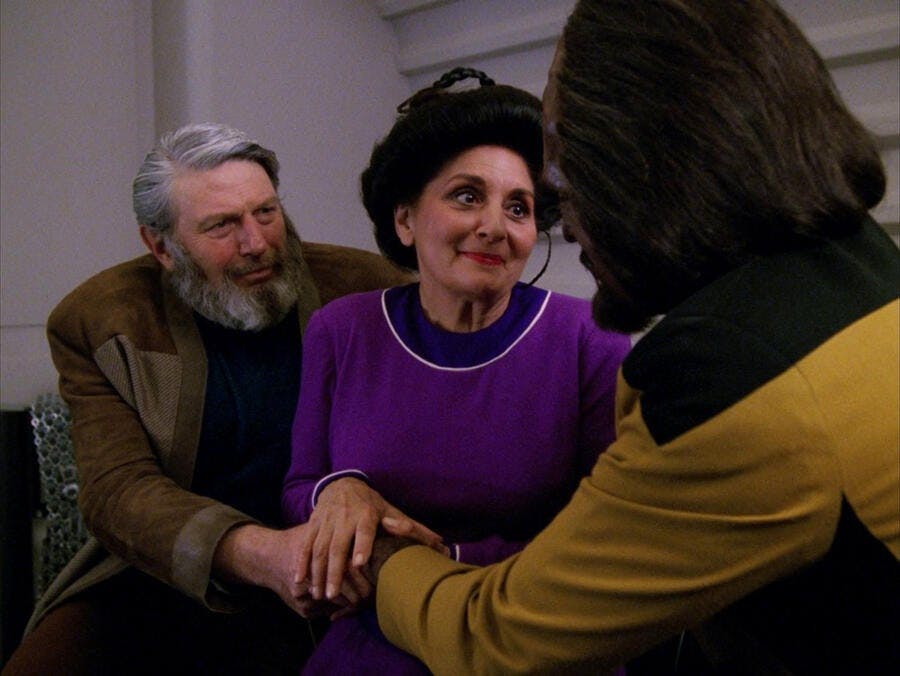
"Family"
StarTrek.com
In the world of Star Trek, the Klingon Worf was orphaned at a young age and adopted by Sergey and Helena Rozhenko. Despite some initial challenges, Worf eventually acclimated to his new surroundings and came to regard the two loving humans as his parents. So although the character was a man of two worlds when he was introduced on , Worf was set in the family department. Until, that is, he appeared on .
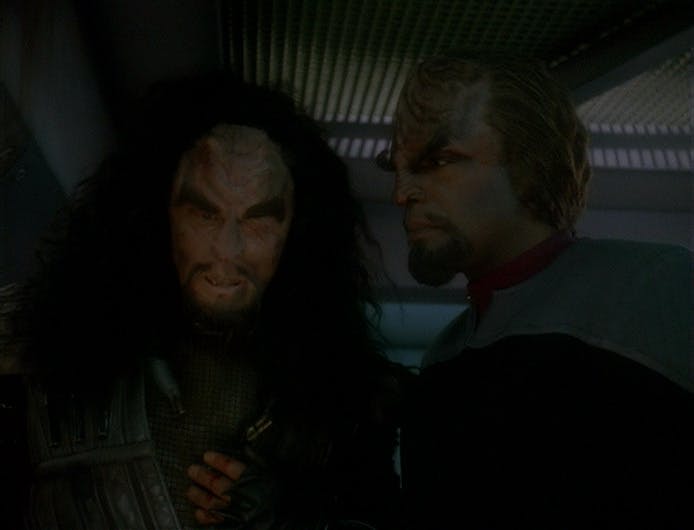
"In Purgatory's Shadow"
StarTrek.com
In Deep Space Nine, Worf meets General Martok and, through a series of life-or-death ordeals, the two Klingons end up inspiring and giving one another "a warrior’s heart," something of great importance in their culture. As thanks, Martok adopts Worf into his family, which seems to finally bring the warrior the sense of belonging he didn't realize he was searching for all this time.
His entry into the House of Martok didn't sever his ties with the Rozhenkos but rather revealed the unstoppable, inescapable pull of one's native heritage and culture. DS9 would revisit those themes many times throughout its run.
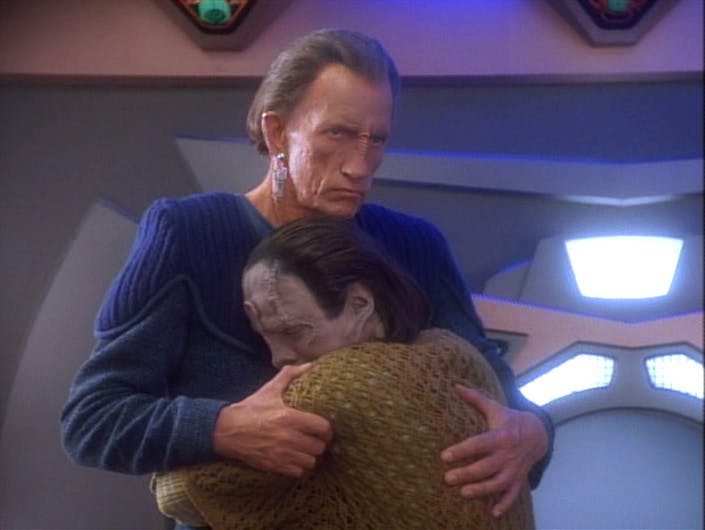
"Cardassians"
StarTrek.com
In the episode "," Deep Space Nine introduced Rugal, a young adopted by a Bajoran family after the boy's race spent 50 years occupying and oppressing Bajor, which the family — unintentionally but still — burdened Rugal with.
At one point, Proka Migdal, the boy's adoptive father who despises Cardassians, actually questions if Rugal even is Cardassian because he spent most of his life on Bajor. And because that would be easier for him. But that’s the thing — Rugal is Cardassian. He will always be Cardassian. And trying to deny that very obvious fact while subconsciously filling Rugal's heart with hatred for his own people has done serious damage to the boy's psyche.
When we first meet him, the boy despises his own race and himself, and ends up attacking Garak, the only other Cardassian on the eponymous space station. There was never any doubt that Proka loved Rugal but that was not enough to suppress the latter's heritage and culture and should never have been attempted in the first place. The lesson here isn't that cross-cultural adoptions or non-blood bonds do not work, but rather that they come with their own, unique challenges. But as Deep Space Nine also shows, overcoming those challenges is worth it because of everything those relationships can give us.

"Second Skin"
StarTrek.com
In the episodes "" and "," the Bajoran Kira Nerys and the Cardassian Tekeny Ghemor grow close to each other to the point where they start to think of themselves as father and daughter.
In the end, though, the relationship doesn't become a symbol of how Bajor and Cardassia may someday get along. Instead, it almost collapses when Kira learns that Tekeny was part of a squad that razed a Bajoran monastery and killed 17 monks during the Occupation.

"Ties of Blood and Water"
StarTrek.com
Once again, real life in the form of divergent cultures, heritage, and history came between people from two different worlds. They were able to overcome it, though, because their relationship offered them closure. Tekeny had a biological daughter somewhere, who might or might not have still been alive, but since he himself was dying of an incurable illness in "," he decided to make Kira the object of his fatherly affection in his final hours. Kira, similarly, needed a fatherly figure to get over the trauma of leaving her wounded father, who'd been shot by Cardassians, to die all alone while she was off trying to avenge him.
A big part of why Kira forgave Tekeny was to spend time with him and get a do-over on her biological father's death. Their motivation for finding family in each other wasn't exactly the purest, but that didn't make their bond any less special in the end.

"The Begotten"
StarTrek.com
In fact, some of the strongest non-blood familial relationships on DS9 started out on very shaky ground, like that of Odo and Dr. Mora Pol.
Odo, a Changeling shapeshifter, was found in his infant, naturally-gelatinous state and later experimented on by Dr. Mora, who didn't initially know that he was dealing with a sentient species. During their time in the lab, Mora subjected Odo to many, sometimes painful experiments while trying to teach him how to imitate humanoids and eventually live among us. He was instrumental in Odo's development during his formative years, and that makes him Odo's "father," a title that Odo rejects despite all available evidence, like how he always copies Mora's hairstyle when shapeshifting into a humanoid.
Odo and Dr. Mora are actually so similar, from their looks to their temperaments and mannerisms, that the original (but later abandoned) plan was for the late René Auberjonois to play both characters. Yet despite being well aware of their similarities, Odo remains antagonistic towards Mora for the longest time. Their relationship is evocative of a cross-cultural adoption where the parent made a lot of mistakes early on because their child was from a different world, which left its share of scars.

"The Begotten"
StarTrek.com
Ultimately, though, Odo forgives Mora after he has to take care of a baby Changeling in "" and realizes just how much guesswork goes into parenting, even among the same species. The experience helps Odo see everything that Mora tried to do for him, and he finally acknowledges what a big fatherly impact the doctor had on him.
The final message of the episode, and perhaps even the entire series, is that, with enough work, the distinction between biological and non-blood families eventually becomes meaningless. It just doesn't happen overnight. But through patience, love, and goodwill, bonds forged in trials and tribulations can be just as powerful as those forged in the womb.

